For a country often seen as polite and low-key, Canada has quietly turned into a global problem-solving powerhouse. Its ideas are being replicated across borders in public policy, healthcare, environmental design, urban planning, and even digital innovation. From climate strategies to housing models, Canada has crafted pragmatic systems that blend inclusivity with real-world efficiency. Here are 25 Canadian solutions other countries are copying.
Universal Healthcare Model
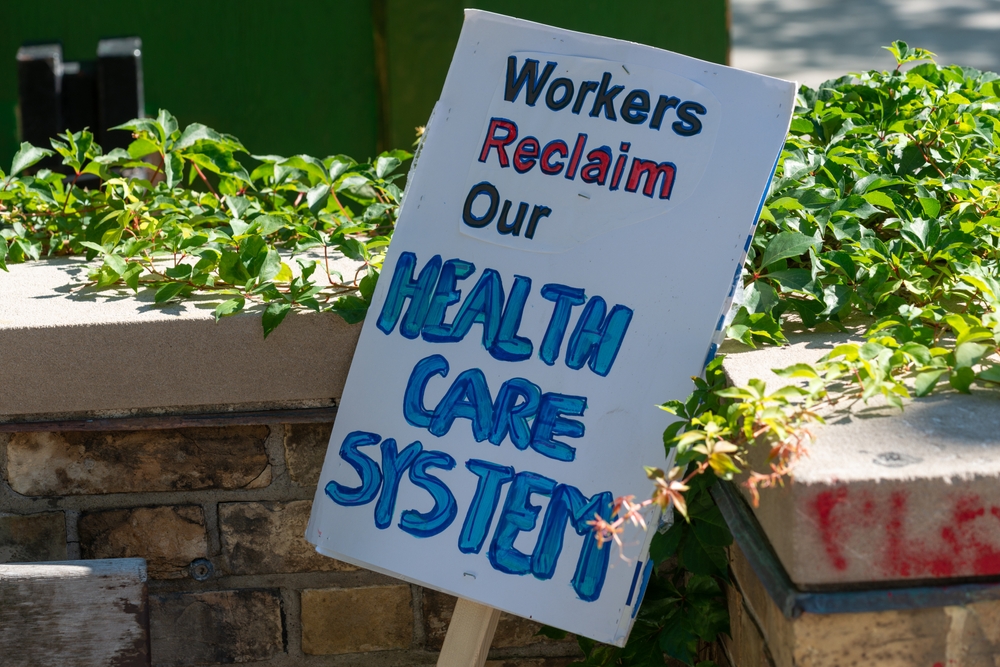
Canada’s healthcare system, publicly funded and universally accessible, has become a reference point for countries seeking a balance between quality care and affordability. Unlike profit-driven structures, it ensures every citizen receives essential medical services without financial strain. Nations like Taiwan and South Korea studied the model while reforming their systems. The single-payer structure reduces administrative costs, while provincial oversight maintains flexibility. Although wait times remain a concern, the system’s commitment to equity and preventive care makes it a gold standard for public health management worldwide. Even the U.S. frequently cites it in debates over healthcare reform.
Carbon Pricing Framework

When it comes to tackling emissions, Canada’s nationwide carbon pricing policy stands out. The “polluter pays” principle assigns a clear monetary value to pollution, motivating industries and citizens to adopt greener choices. The framework balances federal standards with provincial flexibility, letting regions tailor their approach. Countries such as New Zealand and Chile have studied it to refine their climate policies. By redirecting collected revenues to households and clean-energy projects, the plan builds public trust and economic balance. It’s a practical demonstration of how to make climate accountability measurable and effective.
Legalized Recreational Cannabis

Canada became the first G7 nation to legalize recreational cannabis, setting global benchmarks for regulation, taxation, and harm reduction. Instead of focusing on prohibition, policymakers built a tightly controlled, transparent framework prioritizing safety and education. This decision has inspired reforms in Germany, Malta, and several U.S. states. The system integrates quality testing, public awareness, and licensing laws to dismantle illegal markets. Canada’s model showed how a country could generate revenue, promote responsible use, and still maintain public safety. It turned a controversial topic into an organized, research-driven public policy success.
Indigenous Rights Recognition

The process of reconciliation and recognition of Indigenous rights has become a model for inclusive governance. Canada’s efforts, though ongoing, have influenced countries such as Australia and Norway in re-evaluating their approaches. The Truth and Reconciliation Commission’s recommendations pushed for acknowledgment, language preservation, and equitable land policies. Programs integrating Indigenous knowledge into education and environmental stewardship have inspired global adaptation. This ongoing national dialogue demonstrates that reconciliation is structural and transformative, reshaping public institutions to reflect historical realities and cultural diversity.
Multiculturalism Policy

Canada was the first country to adopt an official multiculturalism policy in 1971, embedding diversity into its national identity. It’s not about assimilation but the celebration of heritage. Governments in the U.K., Sweden, and Australia have drawn from its framework to strengthen social integration while combating discrimination. The policy ensures equal participation for all cultural groups through funding for arts, education, and anti-racism initiatives. Its measurable success lies in stable immigration outcomes and a relatively low rate of ethnic tension compared to many Western nations. The policy proved that inclusion can coexist with strong national cohesion.
Ban on Single-Use Plastics
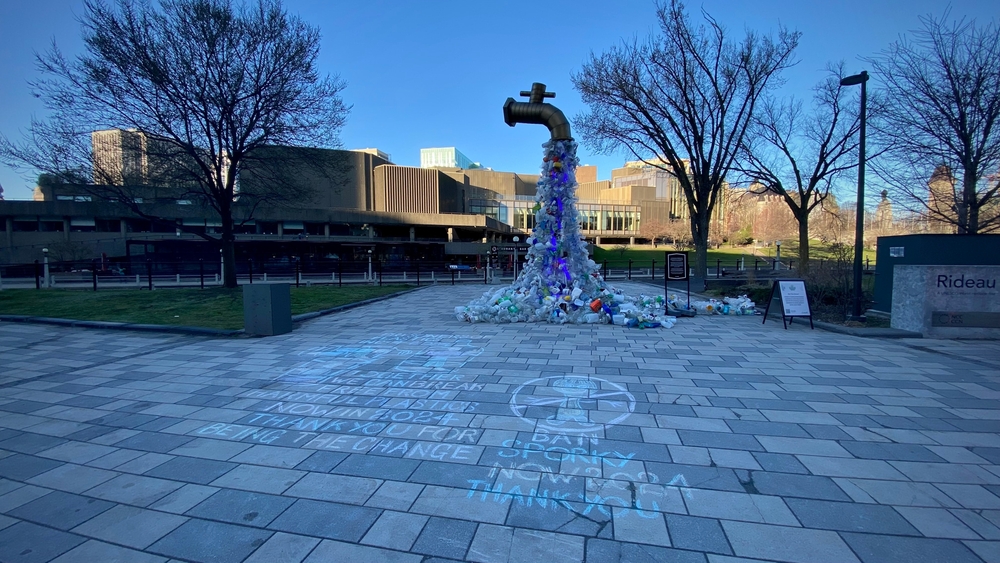
By implementing a phased ban on single-use plastics, Canada took a proactive stance on environmental waste before many others. The move targeted items like straws, bags, and cutlery, pushing consumers and industries toward sustainable alternatives. France and India have adopted similar bans influenced by this model, recognizing its mix of regulation and education. Canada’s approach couples legislation with innovation funding for biodegradable materials.
Housing Co-operatives

Canada’s housing co-op system, developed in the 1970s, offers an alternative to private ownership or government rental programs. Residents collectively manage and maintain their buildings, ensuring affordability and stability. This model has been adopted in parts of Europe, notably Denmark and Austria. By combining community governance with non-profit principles, the system balances social responsibility with economic practicality. It has helped thousands of families secure long-term housing without dependence on volatile real estate markets. The co-operative model demonstrates that housing can be both fair and self-sustaining.
Urban Green Infrastructure
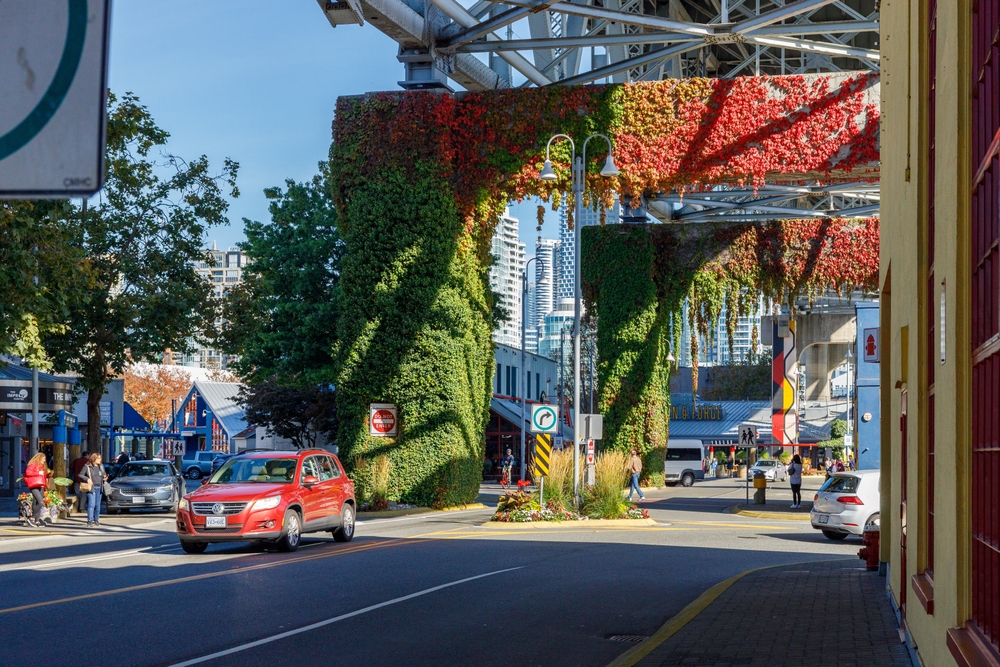
Cities like Vancouver and Toronto have redefined urban planning through integrated green spaces, bike networks, and rainwater systems. These projects prioritize climate resilience and livability over mere aesthetics. Urbanists in Singapore, Amsterdam, and Seoul have studied these layouts to improve air quality and reduce heat islands. Canada’s “green roof” policies, park corridors, and sustainability-oriented zoning codes have shown how infrastructure can evolve alongside ecology. Instead of choosing between development and environment, this model proves that both can reinforce each other effectively.
Truth and Reconciliation Education

Integrating truth and reconciliation into public education has reshaped how history is taught. Schools across Canada incorporate Indigenous perspectives, residential school awareness, and local land acknowledgments into their curricula. Education boards in New Zealand and Scandinavia have followed similar paths. This initiative redefines education as a tool for collective healing and cultural awareness, rather than rote memorization. By combining local community input with national education standards, it sets a global precedent for moral accountability through learning.
The Toronto Waterfront Revitalization

The massive redevelopment of Toronto’s waterfront has become an international case study in sustainable urban renewal. By combining public investment with private innovation, the city transformed underused industrial land into a hub of mixed-use spaces, public parks, and flood-resilient design. Countries like the Netherlands and the UAE have studied the model for their coastal regeneration projects. Its success lies in balancing ecology, accessibility, and architecture without displacing communities. The project proved that economic growth and environmental responsibility can complement each other when properly planned.
Clean Energy Research Hubs

Research institutions like Alberta Innovates and the Canadian Nuclear Laboratories are pioneering low-carbon technologies that global partners replicate. Their focus on hydrogen fuel, carbon capture, and small modular reactors has drawn collaboration from Japan, the U.K., and Germany. Canada’s public-private partnership model ensures innovation doesn’t stay confined to labs; it scales into real projects. The country’s strategy of combining scientific freedom with measurable sustainability targets offers a replicable model for nations transitioning away from fossil fuels.
Public Transit Integration Systems
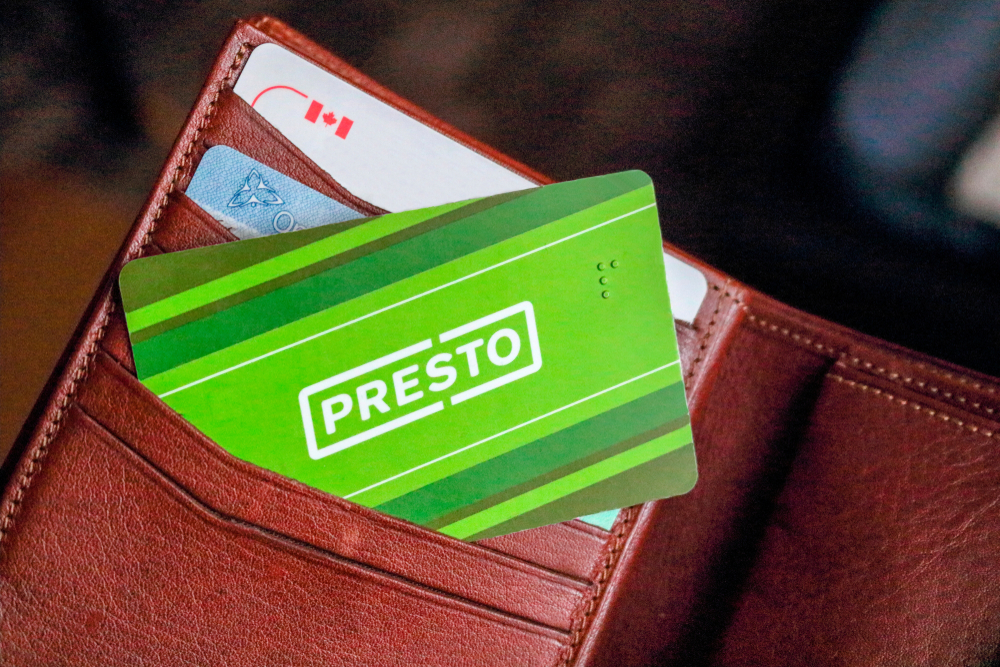
Canadian cities have led in developing synchronized transit systems combining subways, buses, and commuter rails under unified fare structures. The PRESTO card in Ontario exemplifies convenience and efficiency, reducing transfer friction across regions. European cities such as Dublin and Lisbon have studied this seamless integration. The system focuses on interoperability and regional governance instead of fragmented planning. The result is improved ridership, reduced congestion, and fewer emissions. Canada’s approach proves that small operational efficiencies can reshape urban mobility at scale.
Food Waste Reduction Programs

Through partnerships between grocery chains, NGOs, and local governments, Canada created coordinated food rescue programs that redistribute surplus food to communities in need. Initiatives like Second Harvest and FoodRescue.ca have been studied by the U.K. and Australia for replication. The program relies on technology to track excess food and logistics networks to ensure minimal waste. It turns environmental responsibility into social support, addressing food insecurity while lowering landfill emissions. It’s a rare win-win that aligns humanitarian goals with sustainability.
Artificial Intelligence Ethics Framework

Canada’s leadership in developing ethical AI guidelines has gained international attention. The Montreal Declaration for Responsible AI emphasizes transparency, fairness, and accountability in algorithmic decision-making. It has been referenced by UNESCO and the EU in shaping their AI acts. The framework focuses on human-centric innovation, ensuring AI serves public welfare, not unchecked profit. This early foresight positioned Canadian researchers as global leaders in ethical tech governance. As AI regulations expand worldwide, many nations are tracing their roots back to this foundational work.
Immigration Points System
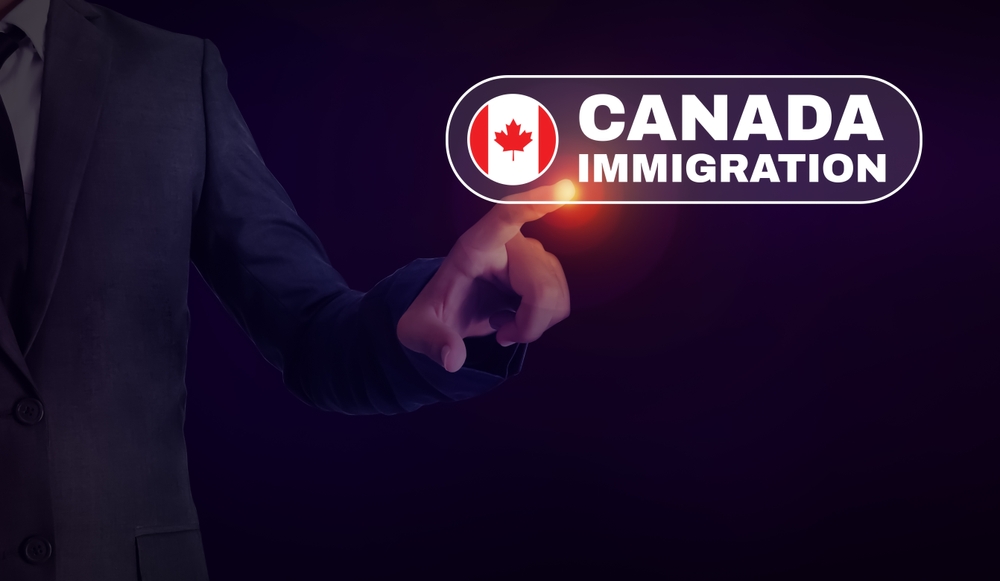
The points-based immigration system evaluates applicants based on skills, language ability, and education rather than origin. It ensures merit-based migration that benefits the economy while promoting inclusion. Countries like the U.K. and Australia adopted similar criteria after observing its success. The model balances humanitarian commitments with workforce demand, providing predictability and fairness. Its transparent process builds public trust, minimizing politicization. Decades later, it remains one of the most widely emulated migration frameworks globally.
Gender-Balanced Cabinet Initiative

When Justin Trudeau formed a gender-balanced cabinet in 2015, it wasn’t a symbolic act—it set a global benchmark. Governments in Spain, Mexico, and Finland followed suit, proving parity is possible without compromising competence. The approach redefined leadership composition as an issue of design, not luck. It led to diversified policy perspectives, especially in health, education, and climate planning. By institutionalizing equality, it normalized gender representation in governance rather than treating it as an exception.
National Parks Conservation System
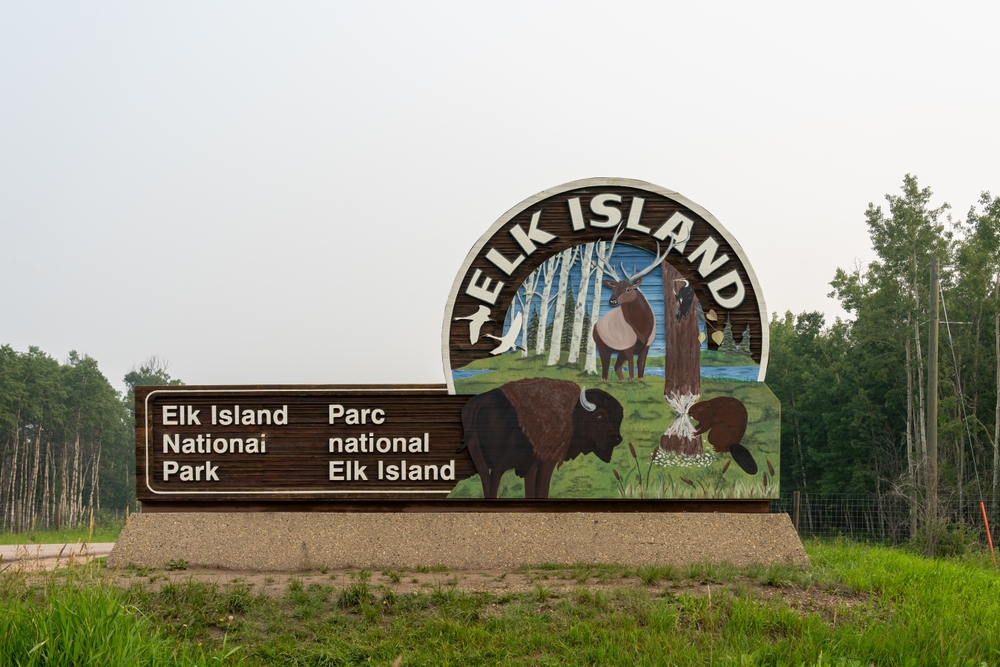
Canada’s extensive national park network protects over 300,000 square kilometers of wilderness. Its management model, combining federal oversight with Indigenous co-management, has been replicated in regions like New Zealand and Chile. The system’s strength lies in balancing ecological protection with visitor access and local participation. It recognizes that conservation must coexist with community stewardship. This governance framework ensures that environmental preservation remains economically and culturally sustainable.
Community Policing Programs

Cities like Calgary and Vancouver pioneered community policing long before it became an international reform topic. The approach builds trust between law enforcement and residents through collaboration, not control. Officers engage in education, dialogue, and local partnerships. Scandinavian nations later modeled similar systems. The framework emphasizes prevention, de-escalation, and mental-health training over punishment. It has reshaped global understanding of public safety as a community responsibility rather than a strictly enforcement-based concept.
Clean Water Technologies
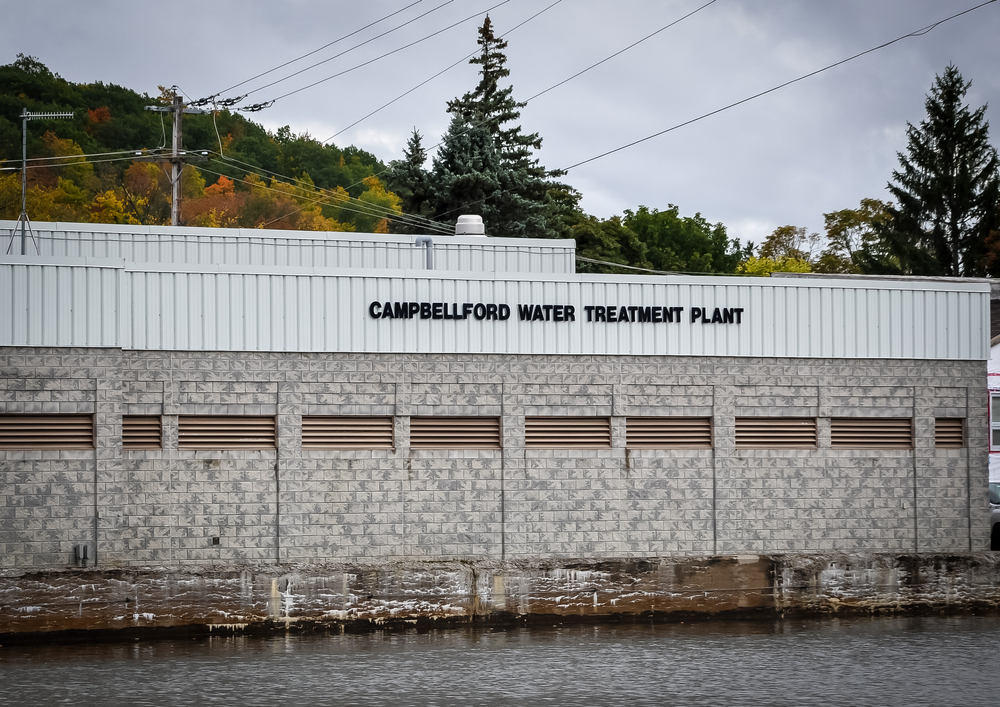
Canadian engineers have developed advanced water purification systems suitable for remote regions. Companies like Trojan Technologies and H2O Innovation export these systems worldwide. Their success in First Nations communities has inspired governments in Africa and Southeast Asia to adopt similar low-energy filtration methods. The blend of innovation, affordability, and portability demonstrates practical humanitarian engineering. It provides scalable solutions for global water scarcity without excessive infrastructure.
Open Data Governance

Canada’s Open Government Initiative prioritizes data transparency and citizen access to public information. It has been recognized by the OECD as one of the strongest models globally. Countries including France and South Korea have followed its digital standards. The initiative improves accountability while fostering innovation through publicly available datasets. Tech startups have used these datasets to build civic tools, demonstrating how open information can strengthen democracy. It’s a model where transparency fuels both progress and participation.
Climate-Resilient Agriculture
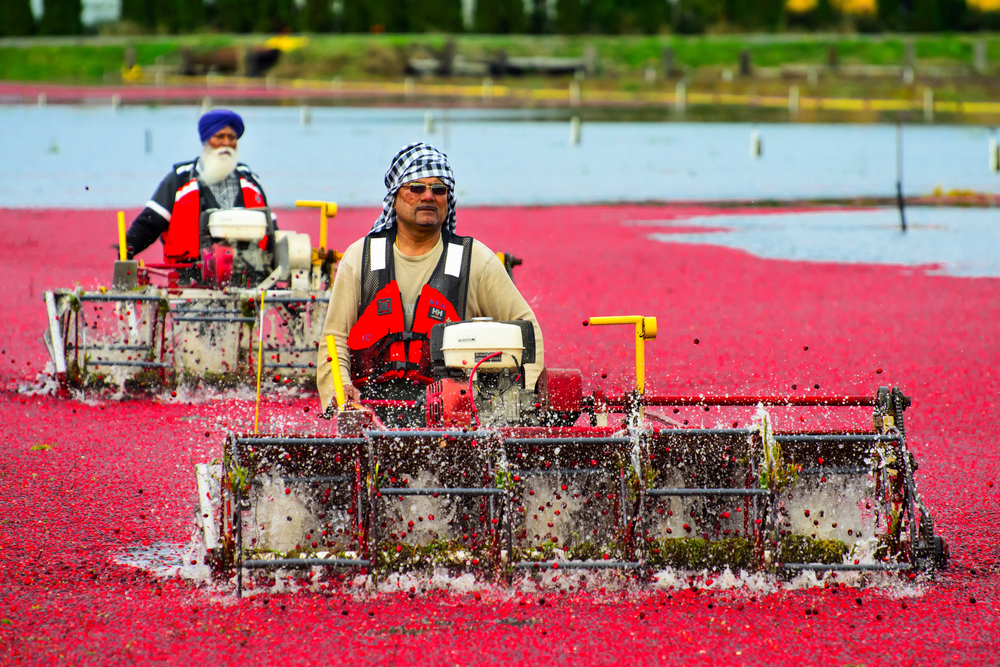
Agricultural researchers across prairie provinces have developed climate-smart farming methods, rotational cropping, precision irrigation, and soil carbon measurement, which are now influencing global practices. These methods maintain yields while reducing emissions and conserving water. Kenya, Argentina, and India have implemented similar techniques through international collaborations. Canada’s pragmatic approach focuses on measurable results rather than theory. The integration of research with on-field adaptation makes it one of the most influential agricultural frameworks of the century.
Electric Bus Fleet Transition

Municipal transit agencies in Montreal and Edmonton have spearheaded the transition to all-electric bus fleets using renewable power sources. Their procurement models and charging infrastructure are now studied globally. Chile, the U.K., and Colombia have referenced Canadian plans for scaling public transport electrification. The strategy combines federal incentives with local adaptation, proving that even large fleets can pivot sustainably. It demonstrates that urban transformation begins with logistics, not slogans.
Indigenous-Led Conservation Areas

Collaborative conservation zones such as the Edéhzhíe Protected Area have shown that Indigenous stewardship can yield superior ecological outcomes. This approach, which integrates cultural traditions with modern resource management, is now influencing global conservation policies. Australia and the U.S. have followed with similar co-management frameworks. It demonstrates that biodiversity protection thrives when guided by traditional knowledge, long-term vision, and local accountability rather than external control.
Circular Economy Strategies

Canadian provinces like Quebec have adopted circular economy roadmaps encouraging recycling, upcycling, and sustainable manufacturing. The model integrates government policy with private innovation and citizen participation. Finland and Japan have drawn from this structure in building their own frameworks. It redefines waste as a resource and shifts industries toward closed-loop systems. The success lies in creating measurable goals and economic incentives that make sustainability profitable rather than optional.
Digital Mental Health Platforms

Publicly supported mental health apps such as Wellness Together Canada have redefined how digital care can complement traditional therapy. The initiative, launched during the pandemic, offered free access to virtual counseling and self-help resources. Its data-driven, inclusive design has been replicated by Ireland and Australia. The program bridges accessibility gaps by using technology as an equalizer. It represents how mental health care can evolve to meet modern challenges through innovation rather than expansion alone. Canada’s most influential export isn’t a product or commodity; it’s practical innovation. These solutions prove that national progress doesn’t rely on scale but on balance, inclusion, and evidence-based design. From healthcare to housing, environmental leadership to digital ethics, these frameworks show how collaboration fuels progress. Other nations aren’t just admiring Canada’s methods; they’re implementing them.
21 Products Canadians Should Stockpile Before Tariffs Hit

If trade tensions escalate between Canada and the U.S., everyday essentials can suddenly disappear or skyrocket in price. Products like pantry basics and tech must-haves that depend on are deeply tied to cross-border supply chains and are likely to face various kinds of disruptions
21 Products Canadians Should Stockpile Before Tariffs Hit
